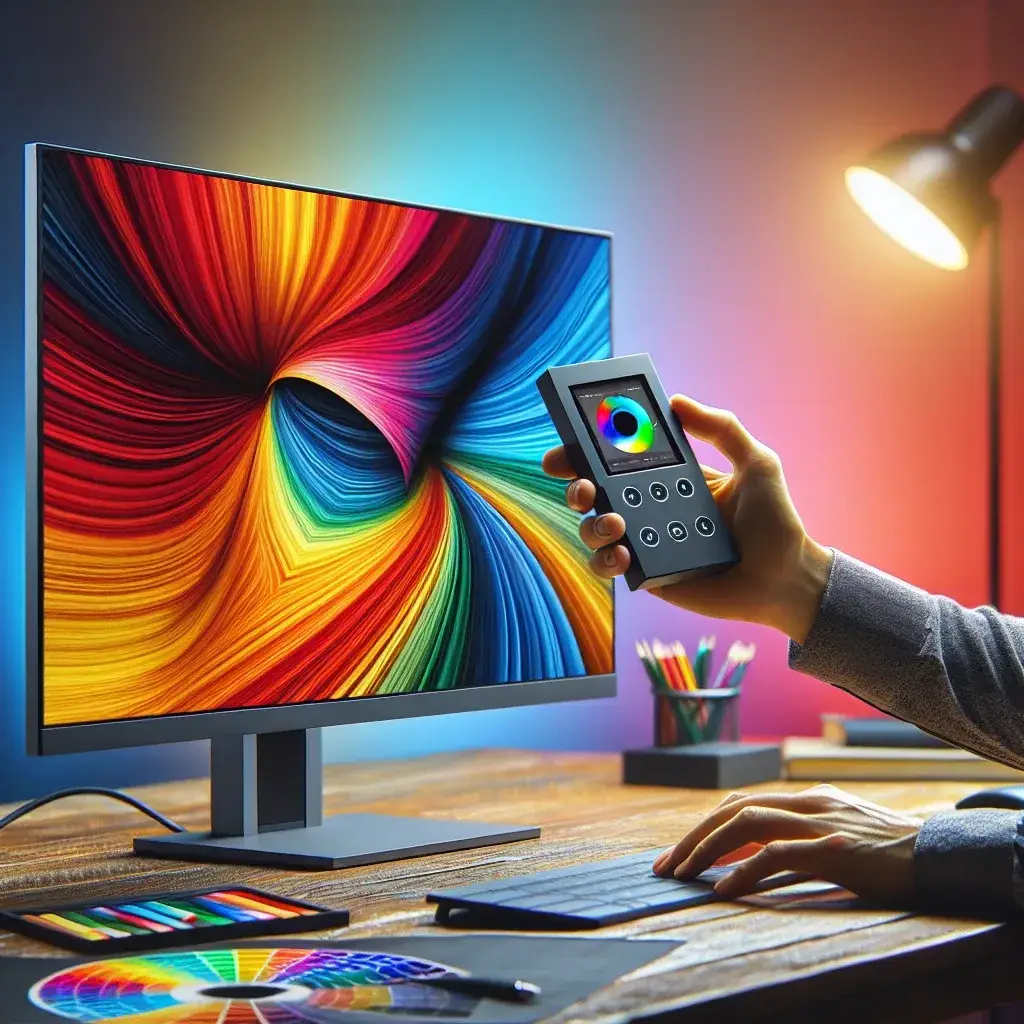When it comes to achieving the best visual experience from your OLED monitor, calibration is key. Accurate color representation allows you to see the true vibrancy and depth of colors as intended by content creators. This guide will walk you through the essential steps to calibrate an OLED monitor to ensure you get the most out of your device.
Why Calibrate Your OLED Monitor?
Calibrating your OLED monitor helps in:
- Achieving accurate color rendition
- Enhancing picture quality and consistency
- Reducing eye strain
- Matching prints to screen displays
Before You Begin
Before you start the calibration process, make sure you:
- Warm up your monitor: Turn it on for at least 30 minutes to stabilize the color and brightness levels.
- Reduce ambient light: Ensure your room is dimly lit to avoid interference from external light sources.
- Update your monitor’s firmware: Check the manufacturer’s website for any available firmware updates.
Tools You Will Need
To achieve the best results, you will need:
- A colorimeter or spectrophotometer
- Calibration software
- A clean microfiber cloth
Step-by-Step Guide to Calibrate an OLED Monitor
1. Install and Launch Calibration Software
Download and install a reputable calibration software like CalMAN, DisplayCAL, or Datacolor SpyderX. Once installed, launch the software and follow the on-screen instructions.
2. Connect the Colorimeter
Connect your colorimeter or spectrophotometer to your computer via USB. Position it on your monitor as instructed by the software. Ensure it is centered and secure to avoid any movement during the calibration process.
3. Run the Calibration
The software will generate various patterns and colors for the colorimeter to read. This process can take several minutes as the software adjusts your monitor’s settings to achieve accurate colors.
4. Adjust Brightness and Contrast
Once the initial calibration is complete, adjust the brightness and contrast settings. The optimal settings often range between:
| Setting | Optimal Range |
|---|---|
| Brightness | 120 – 140 cd/m2 |
| Contrast | 1000:1 or higher |
Note that these values can vary based on personal preference and ambient light conditions.
5. Fine-Tune Color Settings
Adjust the RGB (Red, Green, Blue) settings to fine-tune the color accuracy. The software will guide you through this process, often requiring several iterations to get it perfect.
6. Save Your Profile
After calibration, save the color profile generated by the software. This profile can be loaded whenever you need to revert to your calibrated settings, ensuring consistent color accuracy.
Maintaining Your Calibrated OLED Monitor
Ensure consistent color accuracy by recalibrating your OLED monitor every 1-3 months, depending on usage and environmental factors.
Keep your monitor clean by periodically wiping it with a clean, dry microfiber cloth to remove dust and smudges without damaging the screen.
Common Calibration Mistakes to Avoid
- Ignoring ambient light: Always calibrate in a consistent, dimly lit room to avoid external light interference.
- Skipping firmware updates: Outdated firmware can affect your monitor’s performance and calibration results.
- Using incorrect tools: Ensure you use a reliable colorimeter or spectrophotometer for accurate calibration.
- Not allowing sufficient warm-up time: Calibrating a cold monitor can lead to inaccurate results.
Conclusion
Calibrating your OLED monitor is a crucial step in achieving the best possible visual experience. By following this detailed guide, you can ensure accurate color representation, enhancing your overall viewing experience and reducing eye strain. Remember to recalibrate periodically and keep your firmware up-to-date to maintain optimal performance.

